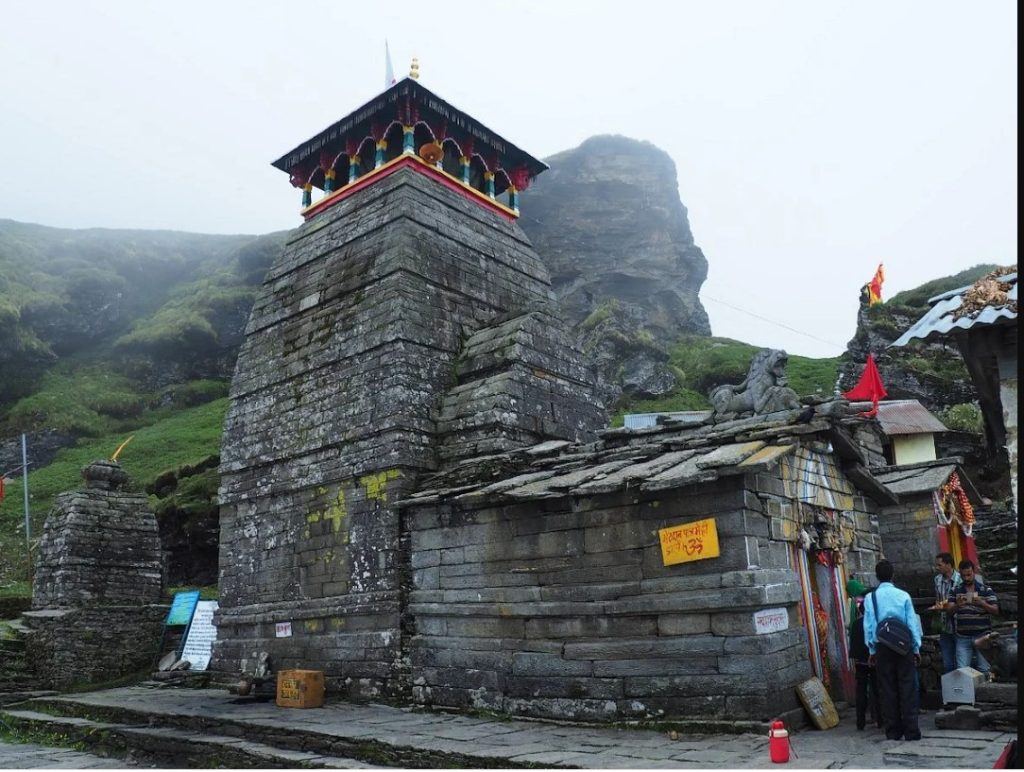The World’s Highest Shiva Shrine, located in Dehradun, has recently been facing a concerning issue – it is tilting by 6-10 degrees. This iconic shrine holds immense historical and cultural significance, drawing devotees and tourists from all over the world. In this article, we will delve into the causes of the tilting, its impact on the shrine, ongoing efforts to address the issue, the importance of preservation, and the future prospects for this sacred site.
- Background
- Discovery of the Tilting Issue
- Causes of the Tilting
- Impact on the Shrine
- Efforts to Address the Issue
- Challenges and Roadblocks
- The Importance of Preservation
- Awareness and Support
- Future Prospects
- Conclusion
- FAQ
- Q1: What is the significance of the ASI World’s Highest Shiva Shrine?
- Q2: How was the tilting issue of the shrine discovered?
- Q3: What are the challenges in addressing the tilting issue?
- Q4: How can the public support the preservation efforts?
- Q5: What is the future outlook for the ASI World’s Highest Shiva Shrine?
Background

The World’s Highest Shiva Shrine stands as a testament to India’s rich religious heritage. Perched at a breathtaking altitude in the Dehradun region, it has long been revered as a sacred place for Hindu devotees. The shrine’s elevated location adds to its spiritual aura and attracts pilgrims seeking divine blessings and tranquility.
Discovery of the Tilting Issue
The tilting of the ASI World’s Highest Shiva Shrine was first noticed by observant individuals who detected subtle changes in its alignment. Concerns regarding the structural stability and potential risks were raised by experts, prompting a closer examination of the situation.
Causes of the Tilting
Several factors contribute to the tilting of the shrine. Geological factors, such as soil composition and the underlying rock structure, play a significant role. Environmental factors, including weathering and erosion, gradually impact the stability of the structure. Additionally, human intervention over the years, such as construction activities or alterations to the surrounding landscape, may have inadvertently affected the shrine’s balance.
Impact on the Shrine
The tilting of the ASI World’s Highest Shiva Shrine has significant implications for its structural integrity. The gradual shift in its alignment raises concerns about potential instability and safety risks for visitors and worshippers. Urgent measures are required to ensure the preservation of this sacred site.
Efforts to Address the Issue
Experts have been meticulously analyzing the tilting issue to devise appropriate remedial measures. Geologists, architects, and engineers have come together to study the site, assess the magnitude of the problem, and propose suitable solutions. Their aim is to restore the shrine’s original position while ensuring its long-term stability.
Challenges and Roadblocks
Addressing the tilting issue of the ASI World’s Highest Shiva Shrine is not without challenges. Technical complexities and logistical difficulties arise due to the shrine’s remote location and the delicate nature of the restoration process. These obstacles need to be carefully navigated to ensure the success of the preservation efforts.
The Importance of Preservation
Preserving the ASI World’s Highest Shiva Shrine holds immense cultural, religious, and economic significance. The shrine is not just a sacred place of worship but also a symbol of India’s rich heritage. Its conservation ensures that future generations can continue to connect with their roots, while also contributing to the local economy through tourism.
Awareness and Support
Raising public awareness about the tilting issue is crucial to garner support for the shrine’s preservation. Engaging with the local community, religious organizations, and the general public can create a sense of collective responsibility. Additionally, government initiatives and funding are vital to facilitate the restoration process and ensure the shrine’s long-term sustainability.
Future Prospects
Despite the challenges, there is hope for the ASI World’s Highest Shiva Shrine. Restoration plans and collaboration between experts, local authorities, and the community are underway. The aim is not only to restore the shrine to its original position but also to implement measures that will safeguard its stability for generations to come. With concerted efforts, the shrine will continue to inspire devotion and awe in the hearts of those who visit it.
Conclusion
The ASI World’s Highest Shiva Shrine’s tilting issue is a matter of concern for both devotees and heritage enthusiasts. The causes of the tilting, such as geological factors, environmental influences, and human intervention, must be carefully addressed to ensure the shrine’s preservation. Efforts are being made to analyze the problem, propose effective solutions, and garner support from the public and authorities. By focusing on long-term preservation, this iconic shrine can continue to be a beacon of spirituality and cultural heritage for generations to come.
FAQ
Q1: What is the significance of the ASI World’s Highest Shiva Shrine?
The ASI World’s Highest Shiva Shrine holds immense religious and cultural significance in India. It is a sacred place of worship that attracts devotees from across the globe.
Q2: How was the tilting issue of the shrine discovered?
Observant individuals noticed subtle changes in the alignment of the ASI World’s Highest Shiva Shrine, which led to concerns about its structural stability.
Q3: What are the challenges in addressing the tilting issue?
Technical complexities, logistical difficulties, and the remote location of the shrine pose challenges in addressing the tilting issue effectively.
Q4: How can the public support the preservation efforts?
Raising awareness about the tilting issue and garnering public support are crucial. Engaging with the local community and supporting government initiatives can contribute to the preservation of the shrine.
Q5: What is the future outlook for the ASI World’s Highest Shiva Shrine?
With ongoing restoration plans, collaboration between experts and local authorities, and public support, there is hope for preserving the shrine and ensuring its long-term stability.




